Category: Fetus
Poster Session IV
(1076) Outcomes after prenatal (Fetoscopic and open) and postnatal repair for spina bifida by 30 months
To compare outcomes of fetuses who underwent a laparotomy-assisted fetoscopic repair against those who underwent open fetal surgery or postnatal repair.
Study Design:
Retrospective cohort study of 191 patients who underwent spina bifida repair between 2011-2021 at a single center. Patients were eligible for prenatal repair using MOMS criteria (BMI up to 40kg/m2). Method for in utero repair was based on patient’s decision. Fetoscopic repair was performed by using CO2 uterine insufflation and two trocar insertion into the uterine cavity. Postnatally-repaired cases were eligible for prenatal surgery from a fetal standpoint.
Results:
A total of 112 fetoscopic, 39 open fetal surgery and 40 postnatal repaired cases were included. Fetoscopic (15.2%) and open (12.8%) repaired cases had a lower rate of clubfeet than in postnatal repair (32.5%; p=0.01 and p=0.03).(Table 1)
In the fetoscopic group, surgeries occurred later [25.1(22.9-26.4) vs 24.9(21.3-25.6) weeks; p< 0.01], they were longer (253.95 + 48.66 vs 154.49 + 24.45 minutes; p< 0.01) and hospital stays were shorter [5(3-49) vs 6(4-18) days; p< 0.01] than in the open group.
Gestational age at delivery was more advanced in the fetoscopic [37.9 (25.1-40.9)weeks] and postnatal repair [38.5(33.7-39.9) weeks]groups than in open cases [35.7 (26.4-37.9)weeks; p< 0.01 and p< 0.01].
Cesarean delivery was more frequent in open than in fetoscopic cases (100% vs 48.6%; p< 0.01) and in the former, it was more frequent to find areas of thinning or dehiscence at the time of C-section (38.7% vs 0%; p< 0.01).
Fetoscopic (38.9%) and open (30.3%) repaired cases had a significantly lower rate of hydrocephalus treatment than after postnatal repair (72.5%; p< 0.01 and p< 0.01) by 12 months.
At 30 months, no differences in ambulation were observed between fetoscopic and open cases. Both groups had significantly better ambulatory skills than postnatally repaired cases (Table 2)
Conclusion: Laparotomy-assisted fetoscopic repair approach provides significant benefits to the mother and the baby and provides equivalent neurosurgical outcomes than the open fetal surgery approach.
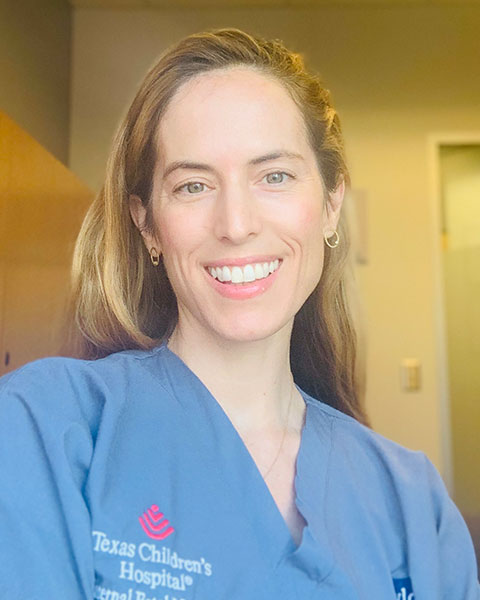
Magdalena Sanz Cortes, MD, PhD
Associate Professor in the Department of Obstetrics and Gynecology, Baylor College of Medicine
Baylor College of Medicine and Texas Children's Hospital
Houston, Texas, United States- RJ
Rebecca Johnson, BA
Baylor College of Medicine and Texas Children's Hospital
Houston, Texas, United States 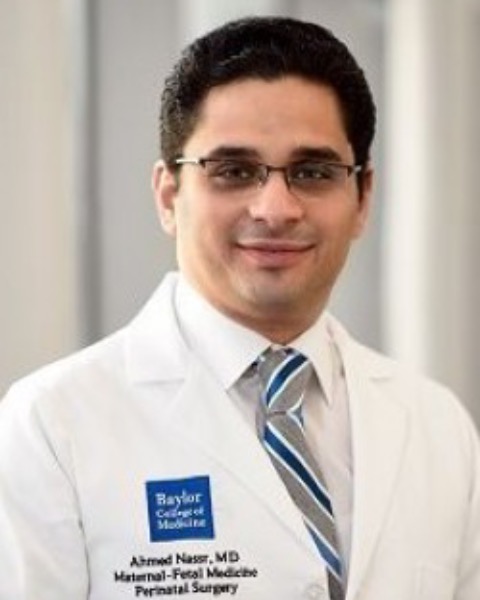
Ahmed A. Nassr, MD, PhD
Associate professor
Baylor College of Medicine
Houston, Texas, United States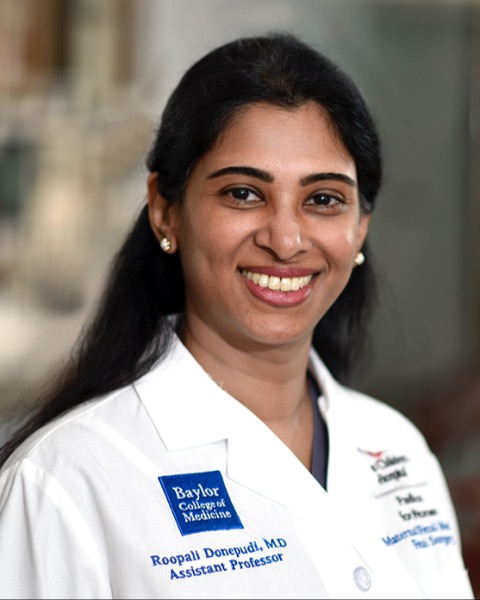
roopali V. donepudi, MD
Assistant Professor
Baylor College of Medicine
Houston, Texas, United States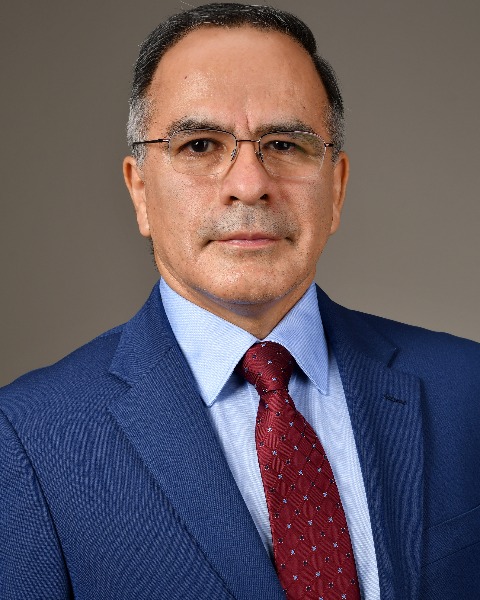
Jimmy Espinoza, MD, MSc (he/him/his)
Professor
McGovern Medical School at the University of Texas Health Science Center Houston. The Fetal Center- Children’s Memorial Hermann Hospital
Houston, Texas, United States- WW
William Whitehead, MD, MPH
Texas Children's Hospital/Baylor College of Medicine
Houston, Texas, United States 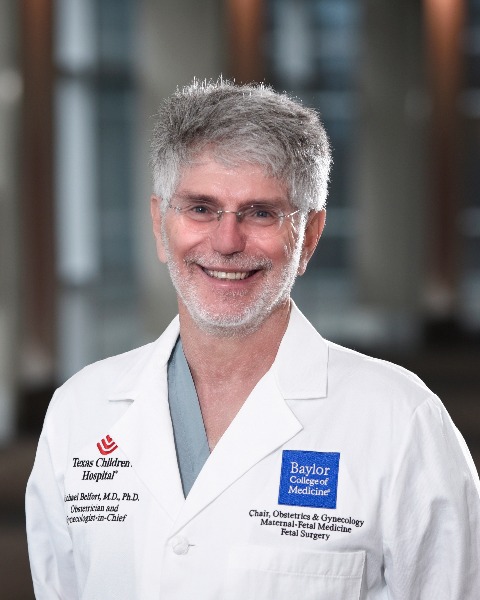
Michael A. Belfort, MD,PhD (he/him/his)
Professor, Chairman
Baylor College of Medicine / Texas Children's Hospital
Houston, Texas, United States

.png)
